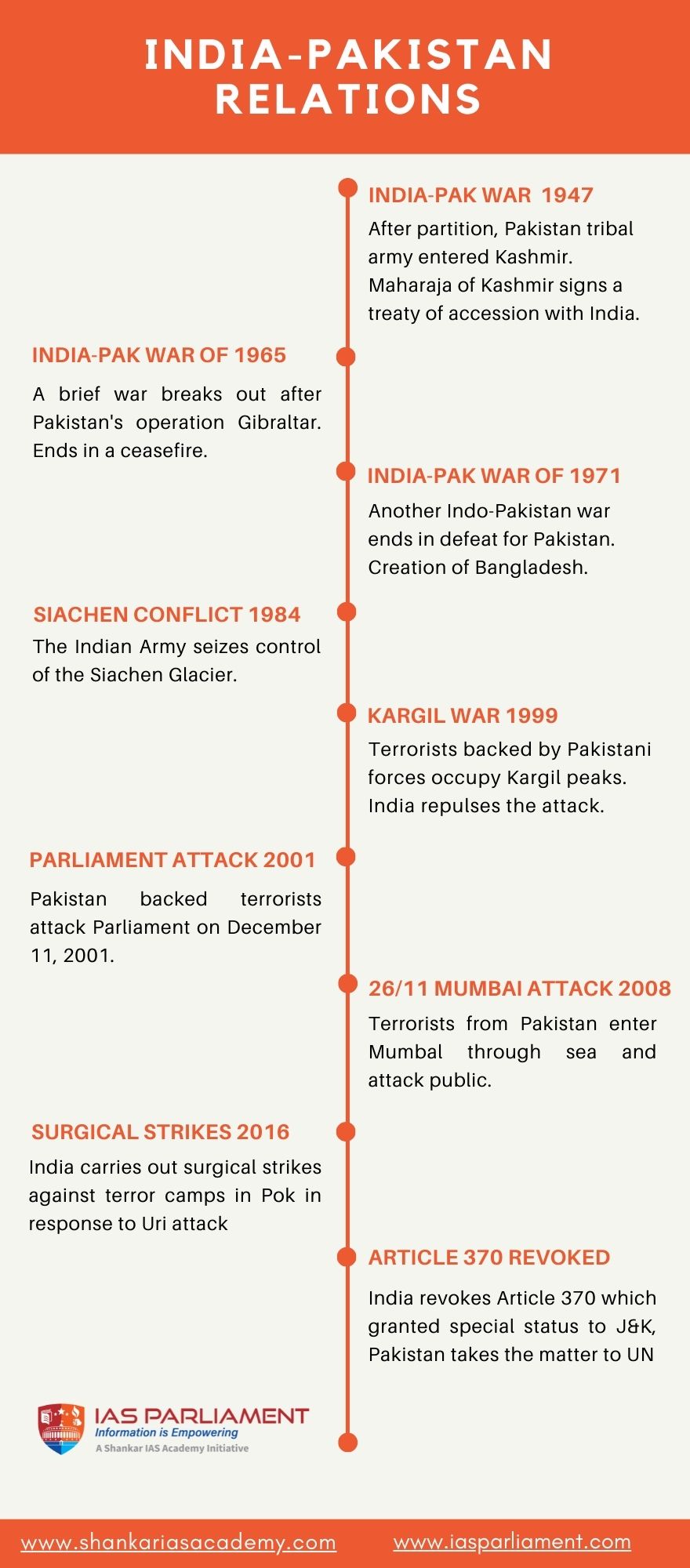7667766266
enquiry@shankarias.in
At this moment of great flux in Pakistan comes Sharat Sabharwal’s book, India’s Pakistan Conundrum (Routledge), to guide us through the country’s complexities.

References